INTERVIEW WITH DIGITAL ART EXPERT MÉLANIE COURTINAT
Mélanie Courtinat, an award-winning art director, has left a significant mark on the digital art world, focusing notably on video games. Her work, spanning from virtual reality projects to luxury brand collaborations, reflects a commitment to creative freedom in varied creative contexts. Immerse yourself in the insightful perspectives Mélanie shares on her creativity and thoughts regarding video games and the evolution of AI in the art industry.
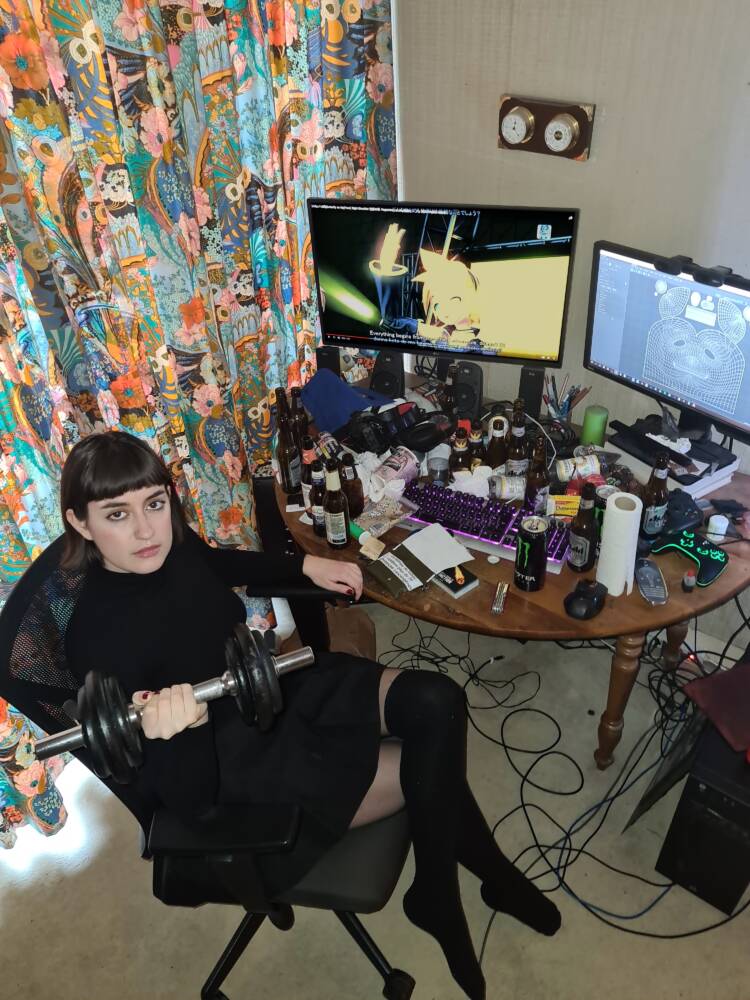
Mélanie, you are an award winning art director and artist, you have made significant contributions to the digital art world, especially in the realm of video games. You consider Video Games as your major medium and you also teach about video game theory at a university. Can you share with us when you first encountered video games and why they became a major theme in your work?
Video games have been a part of my life since childhood, akin to going to movies, reading books, or visiting museums. My earliest memory of gaming was at a neighbor’s house, where despite his annoying reluctance to share the controller, I was utterly captivated by the medium. This fascination led me to getting my first console, and playing as much as I was allowed to. As I grew older, it was sometimes challenging to share this passion with my peers. And then during the very beginning of my fine arts studies the revered mediums were painting, sculpture, photography, leaving few room for new media. It wasn’t until my subsequent studies in Switzerland, which encouraged the fusion of creativity and new technologies, that I was able to truly embrace and explore this passion.
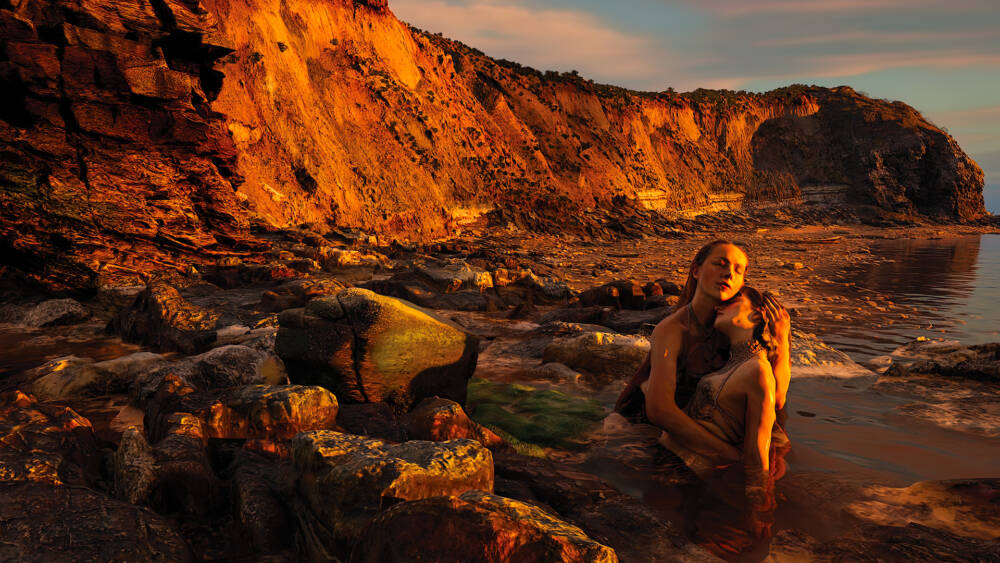
Emotion and sensations are central themes in your art. How do you connect these elements to the abstract world of digital video games?
In my experience, video games are far from being abstract. They have been a conduit for some of the most intense emotions I’ve ever felt, whether traversing virtual landscapes or interacting behind a computer screen. The authenticity of these emotions is undeniable, making the connection to the digital realm quite natural for me.
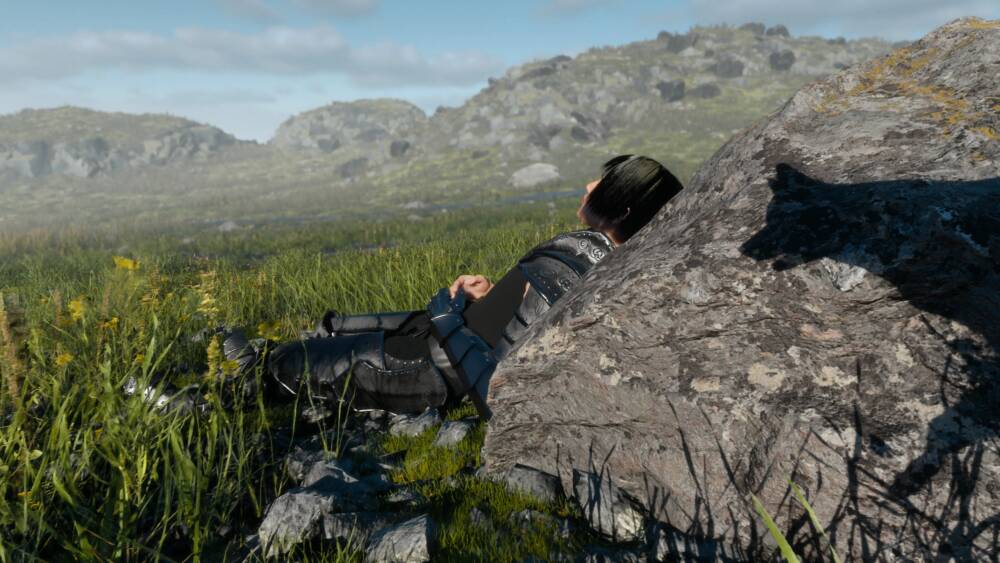
As a professor teaching video game theory at Ecal in Lausanne, what key lessons do you aim to impart to your students? Additionally, do you have advice for young emerging artists entering the field?
My teaching philosophy revolves around showcasing the diversity and interdisciplinary connections of video gaming, linking it with fields like contemporary art, cinema, music, architecture… I delve into the immersive qualities of games and explicit the elements that make them so captivating. My advice to aspiring artists is to approach video games with the same respect and curiosity as any other established artistic medium, regardless of
their relative youth.
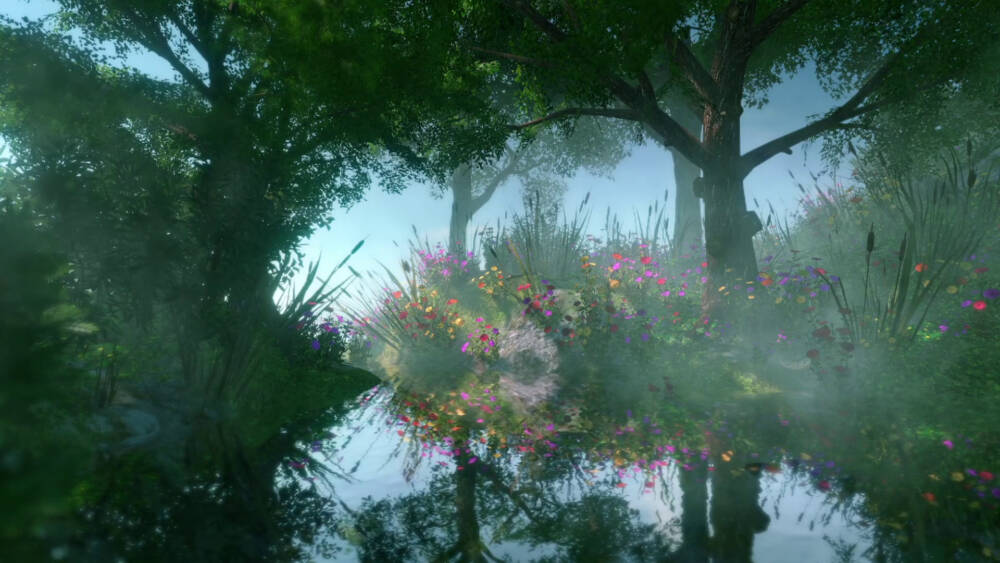
Your creations often involve speculative worlds and environments through digital mediums. Could you tell us where you draw inspiration for your work?
I believe in seeking inspiration beyond my comfort zone. While I’m immensely inspired by fields like the indie video game sphere, with its innovative visuals, gameplays and narratives, I also recognize the importance of exploring outside the digital realm. I make it a point to visit places or attend art exhibitions that might not initially appeal to me. This approach often leads to unexpected sources of inspiration.
Your work is being exhibited in very different contexts, from film festivals to art galleries, and you also create advertising content for luxury brands. What industry do you feel most comfortable working in?
My comfort in creating for an industry is less about the industry itself and more about the creative freedom I’m afforded. Whether it’s having carte blanche on a project for the video game studio Ubisoft or exhibiting a virtual reality experience for the brand LVMH, the key for me is the liberty to express my ideas.

Given your extensive work with state of the art mediums, such as virtual and augmented reality, where do you see the future of your work, especially considering the integration of AI?
I envision a future where virtual and augmented realities converge into what we can call mixed reality. The industry is already seeing the emergence of prototypes in this space, and I am excited to begin my experiments with these exciting new technologies.
Can you describe your work approach in three words that encapsulate your creative process?
Experimentation, Prototyping, Vulnerability.
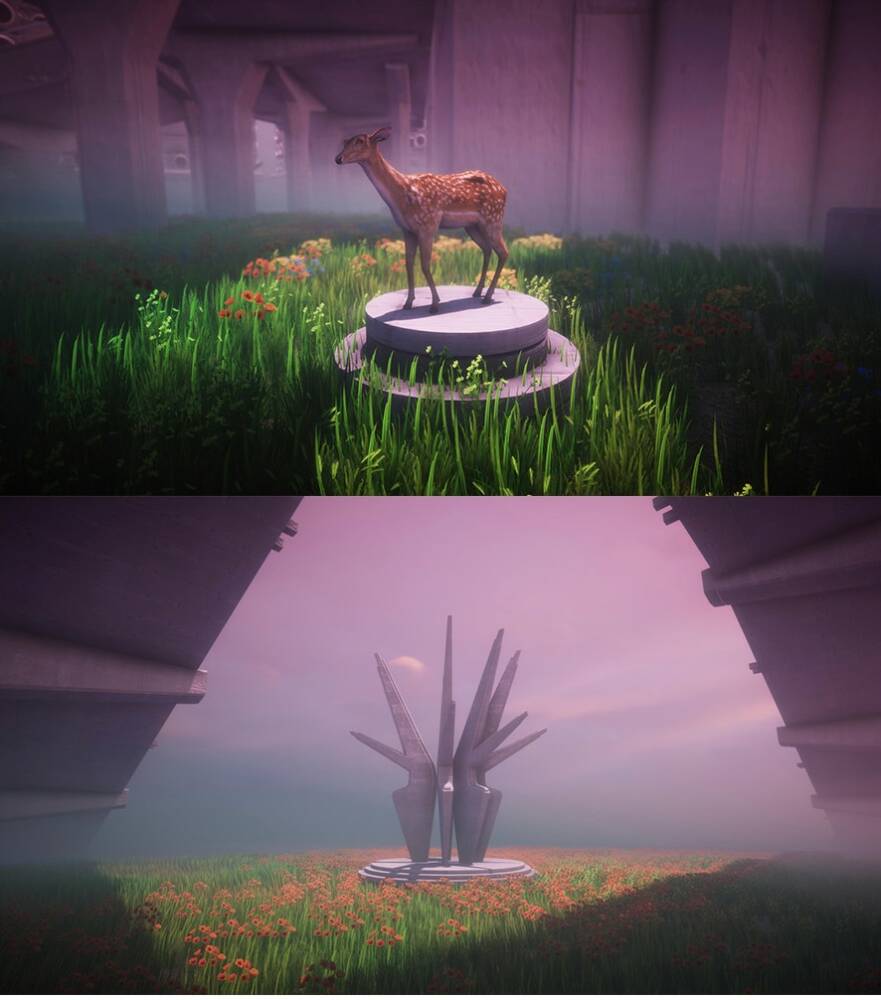
Among your various projects, do you have a personal favorite campaign, and what has been the most enjoyable or fun experience for you?
My virtual reality project ‘All Unsaved Progress Will Be Lost’ has emerged as my most fulfilling work so far. It’s been a journey watching it traverse the globe, gracing over more than 20 locations. The privilege of accompanying it on many of these travels has been a highlight of my career. Witnessing the project resonate with varied audiences and settings has been enlightening to me, and profoundly impactful.
If there was anything you could change about the digital creative industries, what would it be and why?
I would advocate for increased interconnectivity between digital and non-digital industries. Building more bridges and fostering transmedia collaborations would enrich the creative landscape and open up new possibilities for innovation.
Join us for an insightful session with Mélanie Courtinat at Forward Festival 2024 in Berlin. Get more information here.
Image Credits: © Mélanie Courtinat, 2023